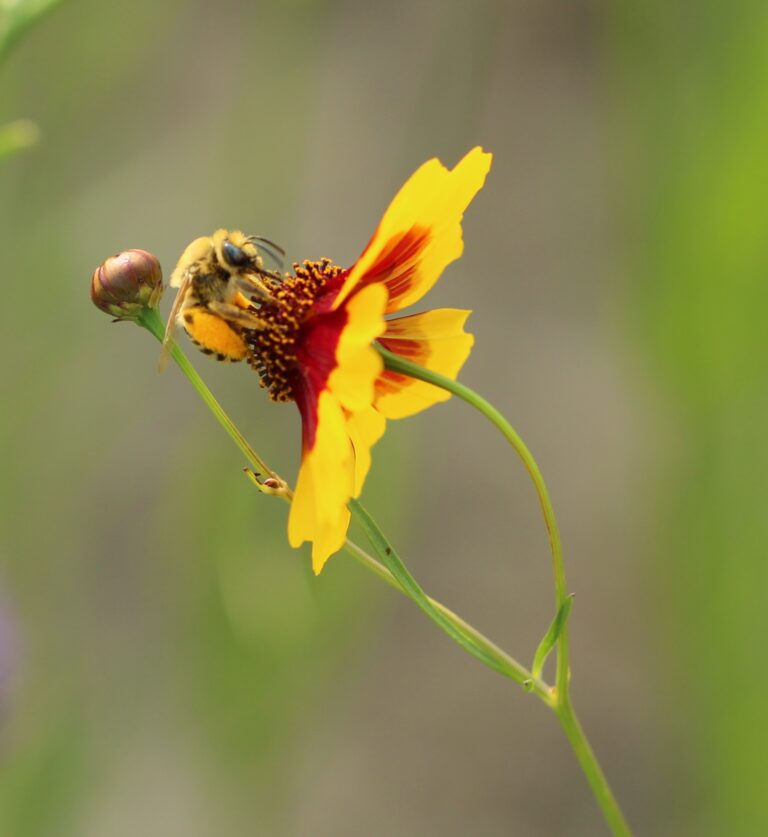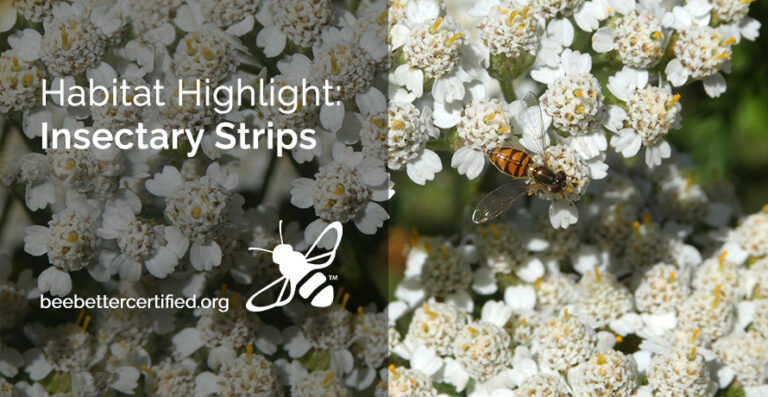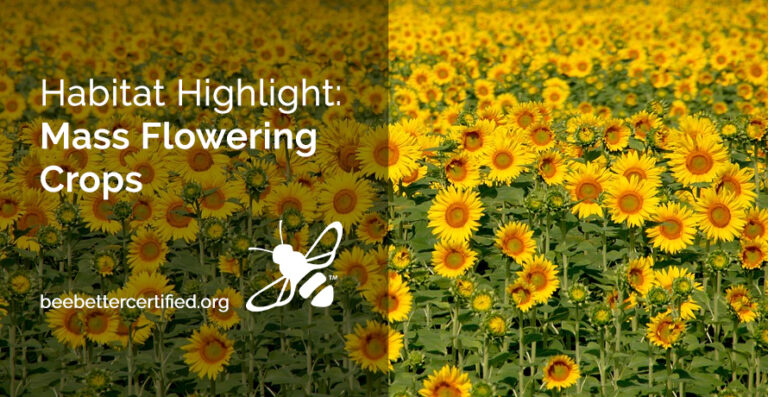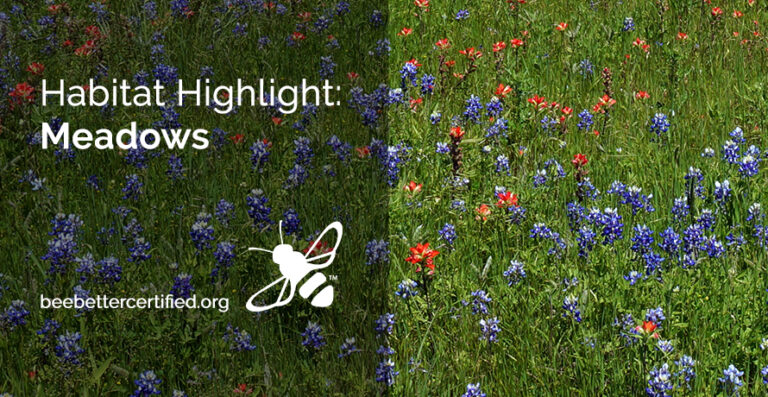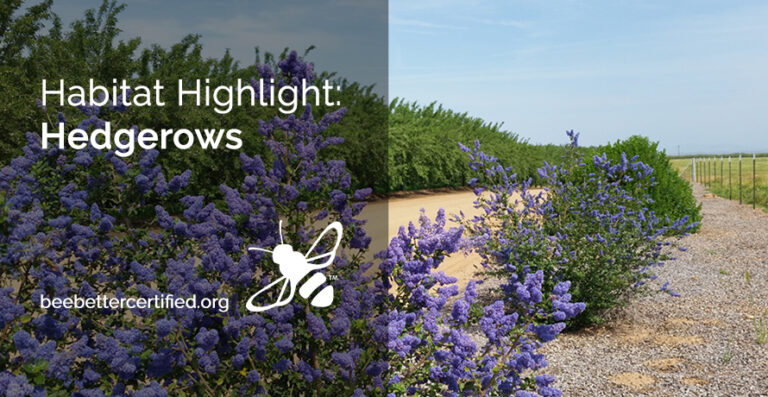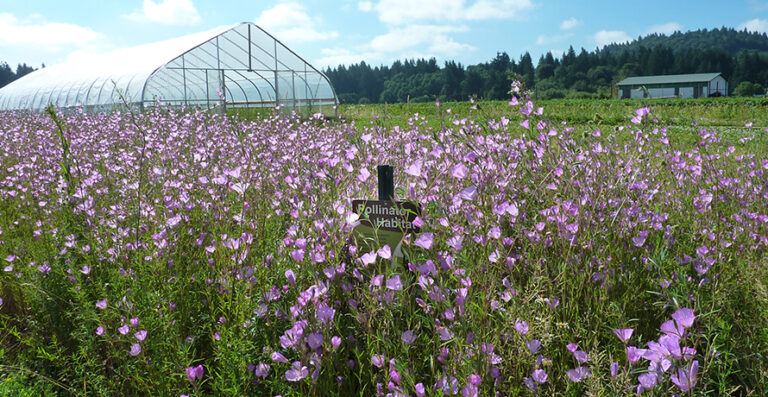Answering the call: Bee Better provides a much-needed opportunity for farmers
What does it take to create lasting pollinator habitat in agriculture? A new article in the Journal of Ecology published the same day Bee Better Certified was launched highlights incentive programs as a way to reward farmers for their pollinator conservation efforts and help them re-invest in those efforts over time. Incentive programs, like Bee … Read more
